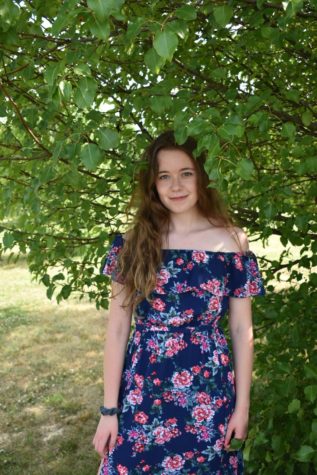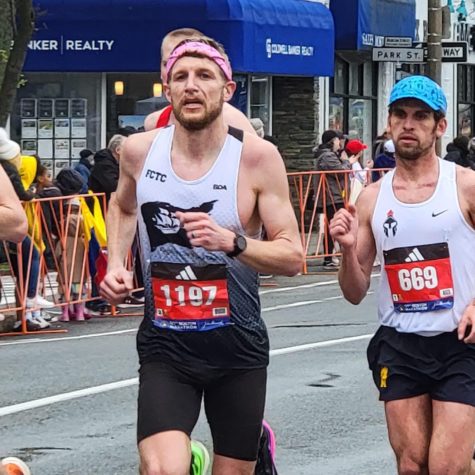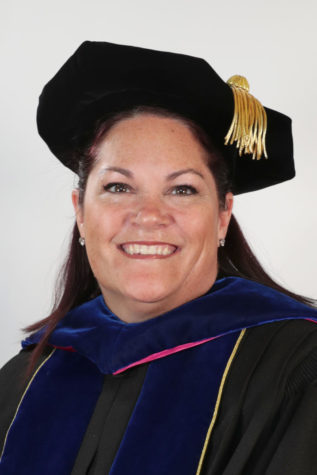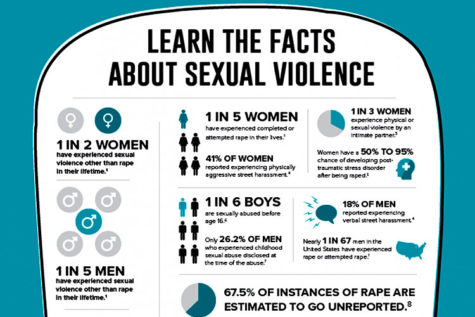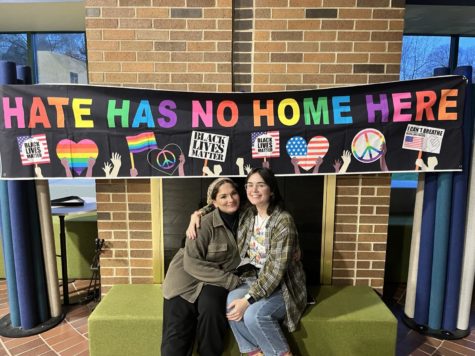Education students share experiences of student teaching during COVID
February 23, 2021
While all of the world has been affected by the COVID-19 pan-demic, one important area of study that is not often thought about is education majors. While the public generally thinks about what students are losing out on education-wise due to the necessary COVID precautions, thoughts for those who do the teaching can fall to the wayside.
“COVID has made it difficult to student teach because there are many different precautions to keep in mind while making lessons,” said senior Early Childhood and Special Education dual major Lauren Rogus.
Another student teacher who had to keep these classroom pre-cautions in mind is Tori Riina. A senior Art Education major, Riina was placed in Wattsburg Elementary School and is teaching art classes there until mid-March when she will then transfer to Mc-Dowell High School for the rest of the semester.
“I have been fortunate enough to be able to student teach in person this semester. I know that many other students were not as lucky. The one major thing that has really impacted the way I have had to teach is planning movements around the classroom and constantly setting up and cleaning materials,” said Riina. “Because of social distancing and sanitization requirements, all the materials need to be individually set up and prepped. Classes are not allowed to share materials unless they are cleaned and students need to sit at individual desks as opposed to tables.”
Although school days are short-er and lessons may be more condensed, it does not mean that students of the pandemic year can learn and retain knowledge any faster than those who came before them.
“The kids cannot be out of their seats much because they are spaced out. The school day is shorter too so the time goes faster and not all of the subjects can get done each day,” said Rogus.
Another concern for student teachers is that they have to expose themselves to the many different contacts of their students. Unlike college students, elementary and high school students can-not typically live and receive their education within the same bubble of people.
“The pandemic has also meant that students are in and out of quarantine due to close contacts with family members. Student teachers have been in and out of quarantine as well as a result,” said Rogus.
Rogus was placed at McKean Elementary school for her student teaching. Her first placement was for Early Childhood Education in a class of 2nd graders and her Special Education placement is half in person and half online with 3rd and 4th graders.
Although student teaching online has its downfalls, Rogus said that she is excited about the challenge. “This [the pandemic] is not super helpful classroom management wise which is a big part of student teaching, but I am grateful for being placed in a school at all. Eventually life will get back to normal, but in the meantime, online education is not going anywhere anytime soon so it’s great to get some online teaching and virtual experience,” said Rogus.
While learning online is difficult for most students due to pets, family members and other distractions in the home, the flip side is that it can be just as hard for those who are doing the teaching.
Senior Spanish Education major Lucy Belleau said, “Of course this pandemic is a challenge for both students and teachers alike, but approaching the obstacle of engaging students virtually has proven to be a bigger roadblock than I anticipated. It’s difficult to make connections with students in the classroom when you are on a screen, but we are making it work and it gets better with each class.” Placed at Fairview High School, Belleau has been student-teaching high school Span-ish classes including both Spanish 2 and AP Spanish.
“I never imagined student teaching this way and getting observations done via YouTube re-cordings, but I am eternally grateful that Mercyhurst has found a way to keep us student teaching during COVID. I feel that my courses prepared me well to teach in a normal year, so having the opportunity to teach in a pan-demic is a cool challenge. If you can teach in a pandemic, you can probably teach any time,” Rogus said.
“This experience has definitely given me even more respect for all of our professors. This experience is nothing like I ever expected it would be. I began my experience at Fairview High School with all of my students attending school virtually. When students arrived again in person, I barely got a week with them before it was decided that all student teachers placed in my school district would be completing their hours remotely. Since then, I have been teaching from my apartment on Lewis Avenue. Although it’s made student teaching more challenging than I could have ever expected, I am really enjoying my experience and learning more about the field every day. The students make everyday worth it,” Belleau said.
While student teaching in the COVID pandemic certainly has its negatives, many are choosing to look on the bright side.
“This is quite possibly the best lesson in flexibility I ever could have received. You already have to think on your toes quite a bit as a teacher, but it has certainly been amplified during the pandemic. And it has gotten me much more familiar and comfortable with using technology in the classroom,” Belleau said.
“As much as we all hate the fact that things are more difficult for student teachers in the current environment, I think that it will make us all better teachers in the long run. We’ve had to go through additional challenges and it has made us more flexible and resourceful educators,” said Riina. “Having this experience under our belt will make us more prepared for any future difficulties and give us the ability to problem-solve to create better educational opportunities for our students.”
While student teachers are al-ready willing to put themselves at risk for their kids, it is safe to say that it looks like the future of the world’s children are in good hands. Remember to thank teachers and professors, as they are often the unsung essential workers who have been putting their time and hearts into molding our children so they can create a better tomorrow.

